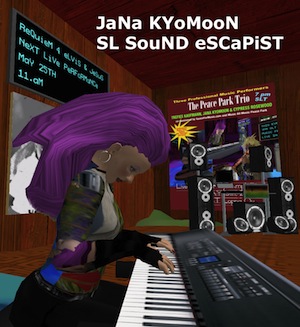 JaNa KYoMooN, the avatar used by Jan Pulsford, is a musician I’ve known since the late 90s when we were both involved with online music collaboration via the now defunct Rocket Network. Via Twitter, I connected Jan and JaNa, and knowing her extensive background in music performance and composition, I asked her if she’s be happy to be interviewed on performing in Second Life. She kindly agreed and provides some useful tips for those thinking of starting their performance career in a medium like Second Life.
JaNa KYoMooN, the avatar used by Jan Pulsford, is a musician I’ve known since the late 90s when we were both involved with online music collaboration via the now defunct Rocket Network. Via Twitter, I connected Jan and JaNa, and knowing her extensive background in music performance and composition, I asked her if she’s be happy to be interviewed on performing in Second Life. She kindly agreed and provides some useful tips for those thinking of starting their performance career in a medium like Second Life.
Lowell: Can you tell us a little of your pre-SL performance and composition history?
JaNa: I suppose I am considered a “veteran musician” who, as Jan Pulsford, has lived an incredible life jam packed with musical adventures that started in London amidst the electronic and hair revolution of the late 80s. Touring the world as keyboard player for pop band the Thompson Twins, I ended up in the USA where I built a recording studio in the woods of Tennessee and formed a production company “Madame la Pulse Productions†working with many independent artists including Felicia Collins (who is now the guitarist for Late Night with David Letterman) and Kat Dyson and Sir Jam who both became members of Prince’s musical entourage. I also formed one of the first online labels during the frenzied Internet revolution of the 90s: “Collecting Dust Recordings”, releasing CDs by artists Nigel Pulsford, guitar player with multi platinum rock band Bush and Grammy nominated Dulcimer legend David Schnaufer.
Cyndi Lauper heard my music and invited me to New York where from 1993-2001 I worked as her co-writer, producer and touring musical director. The partnership spawned some of Cyndi’s most artistic and critically acclaimed work with over twenty co-written songs released on the albums “12 Deadly Cyns” ~ “Sisters of Avalon” ~ “Merry Xmas” and “Shine”. I’ve always loved the rhythms of dance and wrote Cyndi’s club hits “Come on Home”, “You Don’t Know” “Higher Plane” and “Cleo and Joe” which led to working with Grammy nominated DJ Julian Marsh on many of his Pride CDs featuring Happy Charles and Jajucha and more recently UK artist Alan Connor and Evan Cowden.
I’ve been lucky enough to have songs performed by artists as diverse as Ani da Franco, Steps, Darlene Love, Chico Freeman, Bruce Wooley, the Leaders, Dr. Elmo, Sweet Dreams, Zoe Girl, Jeff Oster, Hazell Dean, Julian Marsh and Townes Van Zandt. I’ve also had over twenty albums of production music for film and TV released. You name a TV program and my music has probably been used on it – from Oprah to Jerry Springer, MTV to the BBC! Film scores include “Unhook the Stars”, “Intimacy” and Audrey Tatou’s “At the End” which was written with Jazz great Chico Freeman. We continue mixing jazz with electronica and triphop on such projects as “Zolace”, “CJ7” and “aTHeNa BLue” the latter being best known for the ReQuieM 4 eLViS + JeSuS, which has been performed around a thousand times both on line and live at the City Skies Electronica festival in Atlanta and the Buzz + Click Festival for WRVU. Acid Planet recently ran a remix competition and it is being featured in an upcoming TV documentary about music for peace.
Lowell: During the 1990’s you were involved in net-based music collaboration, can you talk a little bit more about that?
 JaNa: My fascination with music technology and computers started back in the days of the Oberheim System and continued through C-lab’s Notator on an Atari to working with Logic Audio on the Mac. I became a beta tester for Logic Audio’s Rocket Network, a global network of pioneers of on line collaboration and today I continue to develop that spirit in the 3D virtual world of Second Life where I perform as a solo virtual artist mixing electronica with ambient improvisations and rhythmic reflections.
JaNa: My fascination with music technology and computers started back in the days of the Oberheim System and continued through C-lab’s Notator on an Atari to working with Logic Audio on the Mac. I became a beta tester for Logic Audio’s Rocket Network, a global network of pioneers of on line collaboration and today I continue to develop that spirit in the 3D virtual world of Second Life where I perform as a solo virtual artist mixing electronica with ambient improvisations and rhythmic reflections.
I know that on line performance and collaboration is a huge part of the future of music and am still recording with people all over the globe, in fact that has been my mode of working for the last ten years. When Rocket disappeared, I reverted to using ichat/skype etc. passing midi files and audio via on line storage and yousendit. Everything has developed so quickly that it is really a lot easier to do than 10 – 15 years ago!
Lowell: What were the main things you learnt from that time that has helped your musicianship?
JaNa: It was great meeting like-minded people and showed that you don’t have to be in the same room to write music or a song! The thoughts flow down the wires and through the airwaves without the hindrance of physical contact – it’s the closest to mind melding and Spock. I was very fortunate to meet Chico Freeman on the Rocket Network who became one of my main writing partners. It was a truly brilliant concept and nothing has come close.
As an aside – I have learned over the years that too much software is developed by people who don’t understand or care about the practical uses. I’m about USING software and making it work for ME not playing the geek game. Most musicians are an altruistic lot and I have seen too many, myself included, unwittingly become enthusiastic unpaid beta testers for badly designed software for start up companies that ultimately will be sold off or floated on the stock market. . But that’s an article for another time!
Lowell: When did you first come across SL and what were your initial impressions?
JaNa: My first impression was it was a big black hole! I got into Second life in early 2006. My friend the ambient musician Tony Gerber had discovered it and as the avatar/musician Cypress Rosewood was having the time of his virtual life in a second life. . I followed him in as Emmeline Pankhurst and fast realised it could be an all-consuming proposition. After a major computer crash and several months later I tried again but couldn’t remember my password or any sign up details so rezzed a new avatar – ladies and gentleman – Miz JaNa KYoMooN. This time I “got it”
Lowell: When was your first SL gig and what are your memories of it?
JaNa: My first SL musical adventure was as part of the Peace Park Trio in 2006-7 playing at the Music ALL Music Peace Park, a sanctuary I built as a place of inner and global peace through music and the arts. I remember the exhilaration of really doing something new and special. We piggy backed three streams and played live. The mixture of electronica with dulcimer and Native American Flute was extremely successful. We played many gigs before the next crash – a mixture of Wall Street and black hole syndrome.
Lowell: When did you realise the music performance aspect would be a good option for you?
JaNa: In the summer of 2008 I started performing as a solo artist – quite a daunting prospect for someone whose whole musical life has been spent at the back of the stage or on the other side of the glass.
At first I was performing hard hitting electronica music from my aTHeNa BLue project but then as time went on it seemed the more down tempo, meditative ambient music was getting the biggest reaction. When I realized the positive aspect of performing this kind of music for spiritual and physical well being I decided to dedicate most of my performances in SL to this end.
Lowell: Can you give details of how you actually go about performing in SL?
JaNa: I have tried a few different setups. Running Logic and SL on the same computer can present problems so I try to have one computer for SL and the other one for Logic and Nicecast. I have also used GarageBand and iTunes to broadcast. I prepare sequences in Logic and prefer to have everything running live – I don’t use mp3s. Just the computer running sequences and me playing over them gives it a feeling of “anything could happen” – there is a certain energy from playing music live that you can’t communicate from lip syncing with ready made mixes. Everything I do with online concerts is prepared especially for that performance. To me music is a collection of moments and I usually capture what I play into Logic after each performance. Eventually I mix it down and make the music of the KYoMooN available as downloads in SL or on iTunes and CD Baby.
Lowell: What are some of your favourite SL venues to perform at?
 JaNa: They come and go but so many to choose from! The Music ALL Music Peace Park of course! The Pyramid art gallery and Club Ethereal run by Torben Asp and Jess Oranos. The Bluff Arts Center with ZeroOne Paz, Gaia Island with Enchantress Sao, Anthology with Trella Mohan, Dragonfly Reign with Magnolia Anthony and Broody Flow, Firehouse with Trowser Boa and Sugar Hill Island with Marjorie Dibou. The list goes on . . . . and on
JaNa: They come and go but so many to choose from! The Music ALL Music Peace Park of course! The Pyramid art gallery and Club Ethereal run by Torben Asp and Jess Oranos. The Bluff Arts Center with ZeroOne Paz, Gaia Island with Enchantress Sao, Anthology with Trella Mohan, Dragonfly Reign with Magnolia Anthony and Broody Flow, Firehouse with Trowser Boa and Sugar Hill Island with Marjorie Dibou. The list goes on . . . . and on
Lowell: Have any SL experiences inspired you to write new music?
JaNa: Indeed! I believe music is all around us and we as composers learn to tap into that – we get our inspiration from a variety of stimuli depending where we are in our lives. I do try and write a new piece of music or arrangement for most events and of course if you are collaborating with someone you take into account the instrument and style they play e.g. Trowser and his sax, Cypress and his flutes, Trefies with his dulcimer, Miles with his fusion based keyboards etc.
The Solstice concerts have been very inspiring as have the Space Center events like Yuri’s Night which spawned “Floating with Yuri”; Silver Shimmers came about from the shimmers on the water at Alda Lair; Reflections of Indigo came from two art exhibitions – Indea Vaher and Gleman Jun. Others include Tibet Day and of course Relay for Life. Playing at the charity events are ALWAYS inspiring. That is the really positive side of SL.
For the past few years my RL inspiration was where I lived and the fields and nature that surrounded me. From the sound of the water babbling to the birds, the smell of honeysuckle and the beauty of the trees and flowers. The sight of the full moon to the sound of thunder. This was all reflected in the music I played in SL. I captured these musical moments into my computer. I might come back from a long walk, take a deep breath and play and programme the music I found. I like to think of it as painting and sketches with music. I use reflective piano and ambient synths tinged with echoes of world jazz and triphop.
Lowell: Which other SL performers do you enjoy the most?
JaNa: Torben Asp – A true bedroom electronica artist from Denmark whose venue Ethereal hosts the monthly E-fests. I got to hear him through Cypress Rosewood’s “When Worlds Collide” radio show
Tuna Oddfellow – unbelievable and indescribable visual show with very cool music streamed
Miles Eleventhauer – the jazzologist who I found one night whilst searching for “Jazz”. He plays a great mix from Queens New York
ZeroOne Paz – fellow logic user. I love his original music and covers played from his studio in San Francisco
Nuvolino Ruffino – excellent electronic trance artist from Australia
Formatting Helenoise – plays a wonderful esoteric mix of music to go with his very interesting photographs.
Leanna Luftig – love hearing her New Age music along with HappyCharles SideShow at the Goodbye Weekend Show
DJromex – plays GREAT trance in SL!
Swina Allen from Italy and the ambient Sunday music of cypress rosewood and hardhat Rickenbacker – the list goes on and on. Apologies for those I have missed
Lowell: What are your future plans with performance?
JaNa: I have recently changed computer timezones so am looking forward to resuming operations end of October. I am especially looking forward to continuing the GoodBye Weekend Show and “Behind the Monitor” – an interview show I tried earlier this year that was well received. Also plan on doing more poetry and music shows plus art/photographs with music. SL is the perfect platform for mixing visuals with music. However, more than anything I would really like to develop getting my music through SL into hospitals and hospices – it is such a wonderful platform for people who are disabled in one form or another. I have done several performances to benefit cancer patients and children with autism and really want to do more. Last Christmas we raised a good sum of money for UNICEF at the mAm peace park so the Music for Winter Festivals will be starting up again in November.
Lowell: For the newcomer to performing in SL, would you have any wise words to share?
JaNa: SL is a great platform to experiment and connect. It is a perfect parallel to the real world in terms of seeing yourself reflected in the virtual world. You can be performing to hundreds of people in a short period of time, you can learn from your mistakes and your successes and you can get immediate feedback. For new musicians it’s invaluable for planning a business model. I mean if no one comes to a show, why is that? Promotion is key. Posting to SL events and groups is time consuming but the results are very worthwhile – just like a real life gig.
Do your preparation, your promo, your sound check to make sure your stream is working. Be professional and get it all worked out before hand. There is nothing more annoying than hearing a performer blame the venue and SL about “lag” – go ahead of time to see what issues you may have to encounter and embrace the great opportunity the virtual world gives us and enjoy!! I host the “Goodbye Weekend Show” on Sunday night’s at the Music ALL Music Peace Park and have seen it grow from nothing to a packed SIM. It has helped me record three albums and develop Radio Jana. I wouldn’t have done that without Second Life.
Find out more about JaNa:
1. Calendar for dates and further info
2. Twitter
4. Buy the music – CD and downloads
If you’re a musician and would like to discuss your approach to virtual world performance, drop us a line.


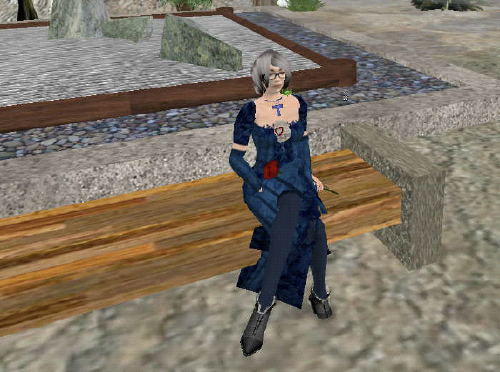
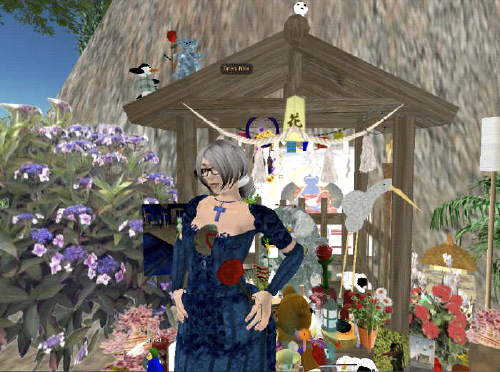
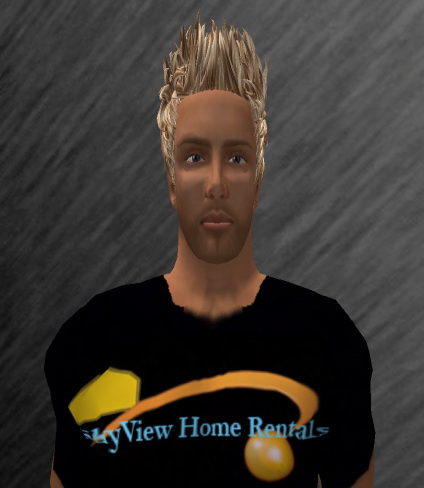
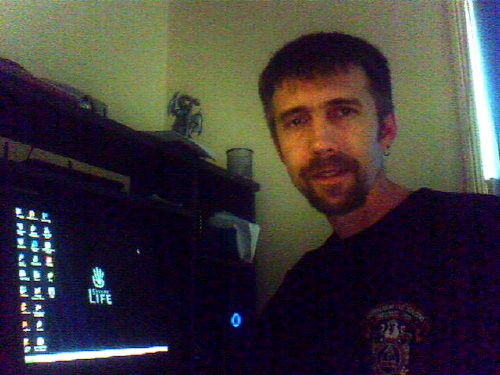
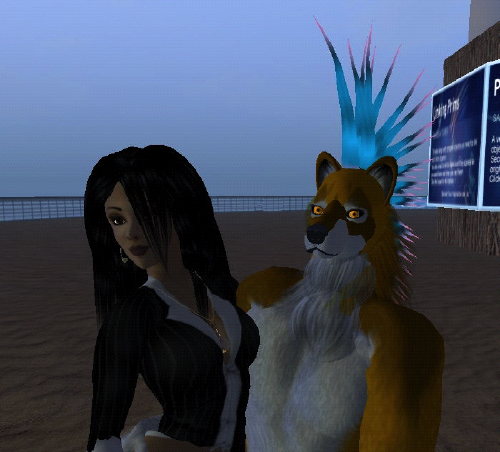
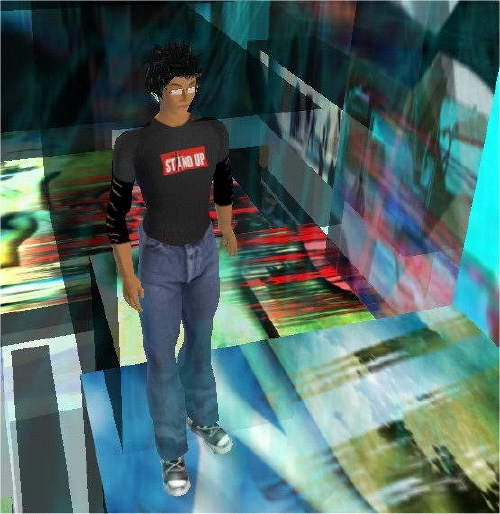
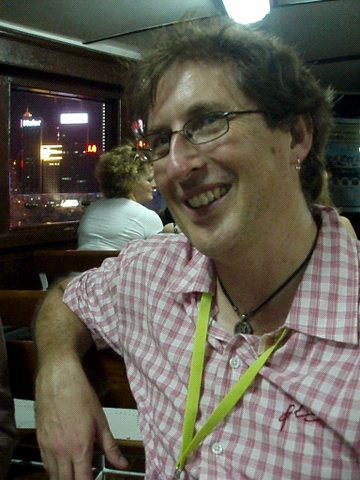
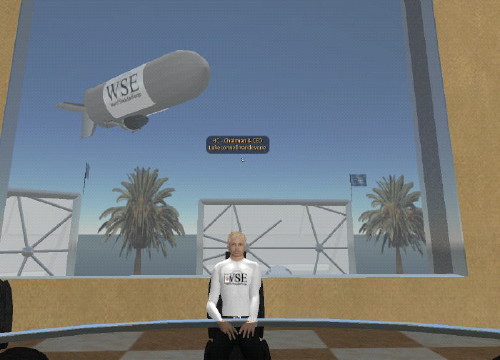
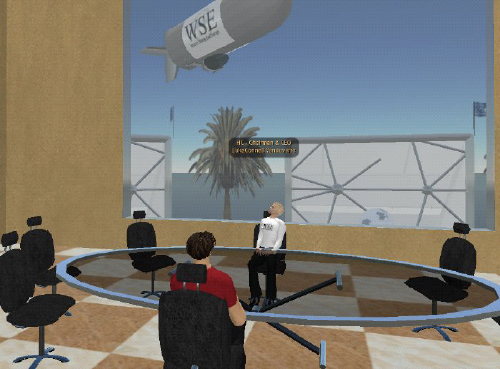

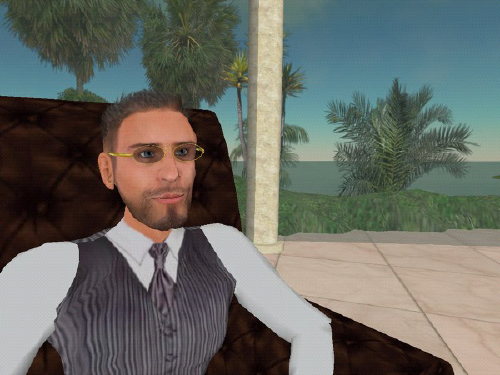
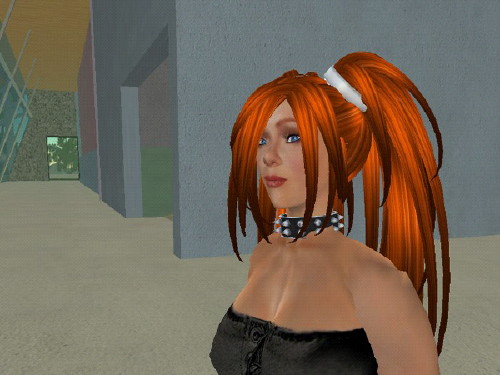
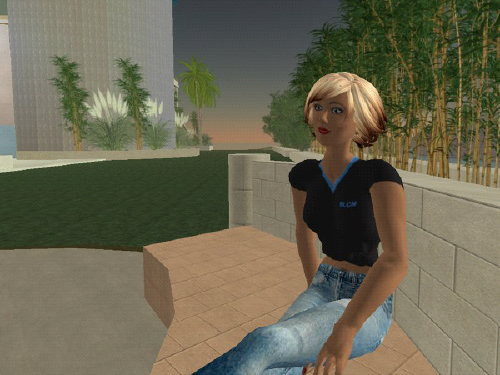

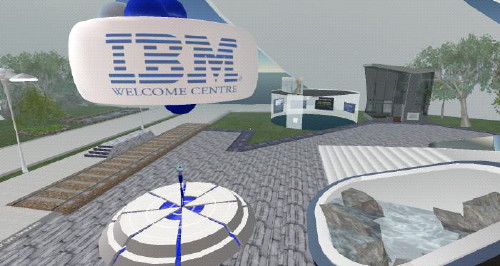
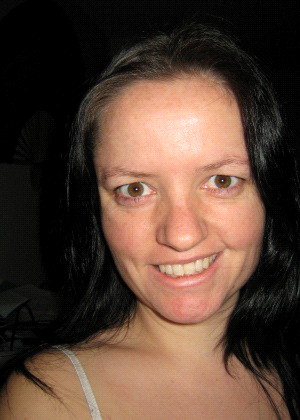
Recent Comments